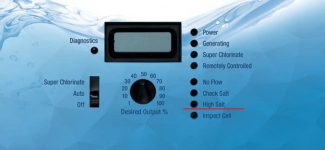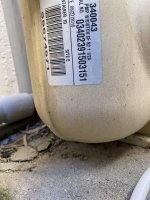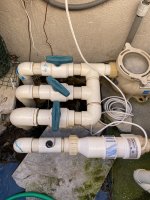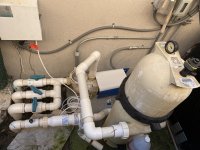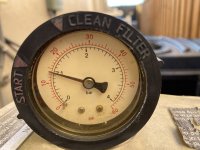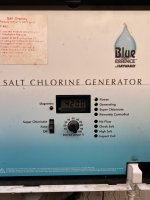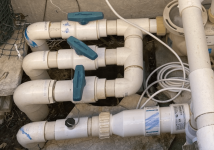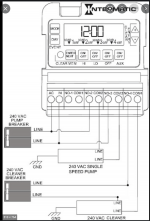Good day everyone. For some time now I have been pushing along with my old cell (t-9 model). After coming across that it would no longer produce chlorine after 6 years, I decided to buy a new cell. Well it so happens that I am having the exact same issue with the new cell. This time around I purchased the t-3 cell model since my pool is below 15k gallons. I also made sure that the board was changed from T9 to T3 cell. Another piece of information is that the board was replaced back around May of this year as well as the flow sensor. Interesting enough, if I place it in super chlorinate mode, it will produce chorine. One thing I discovered is that if I place it in super chlorinate mode today, once the pool pump shuts down for the day, the next day when it turns back on, it will be back in regular chlorinate mode even if the switch is still in super chlorinate mode. Any suggestions or ideas as to why it is not producing chorine in regular mode? Thanks in advance for any help
Hector
Hector


